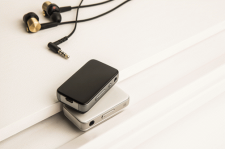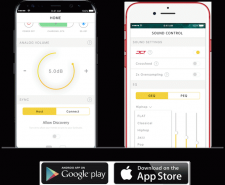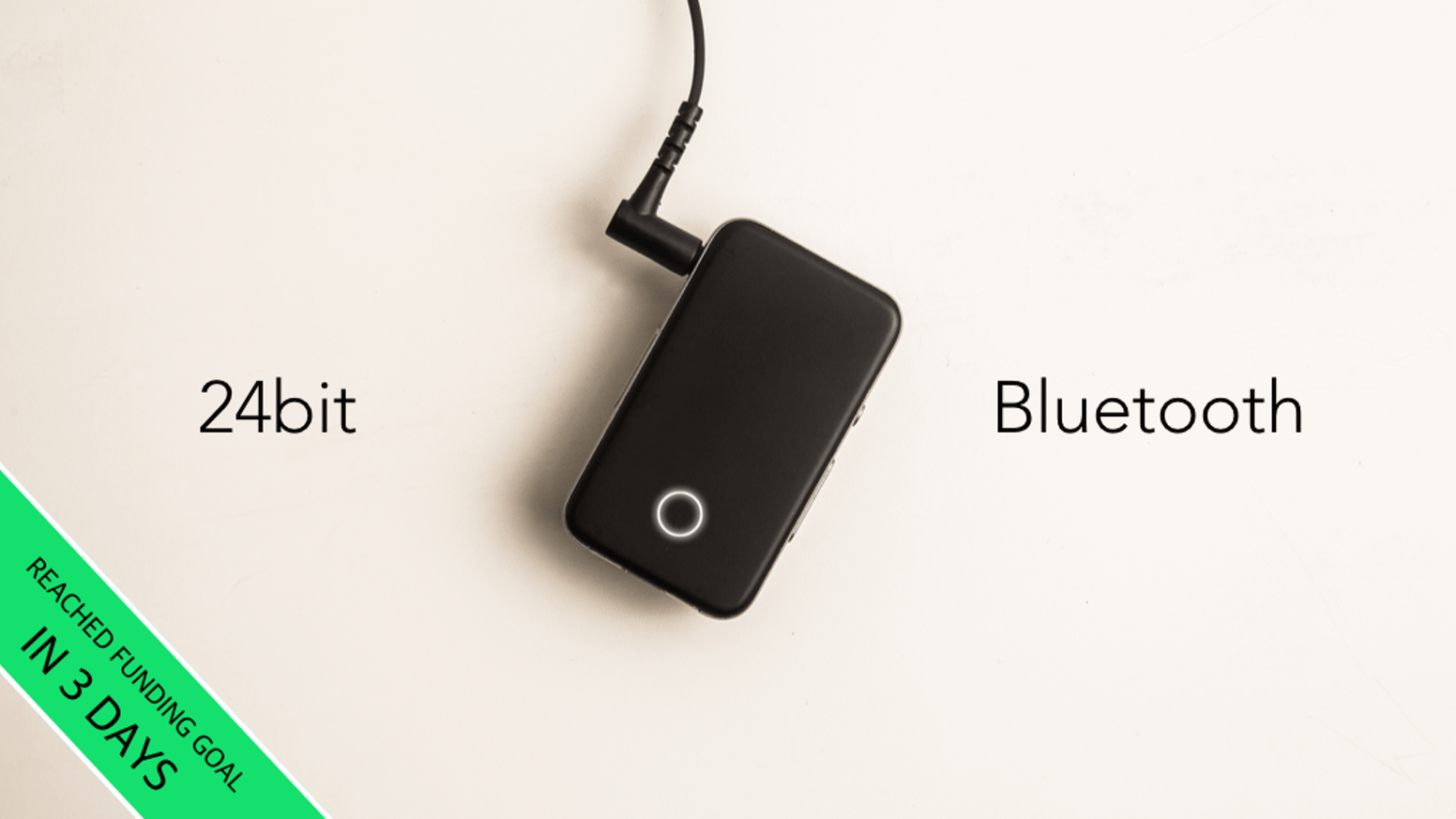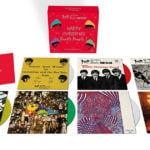It’s the time of year for saving money!
In July 2017, I took another gamble on a Kickstarter project. I’ve written in the past about other crowdfunding projects. Some were great while others were a big disappointment. Ear Studio turned out to be one of the former rather than the latter…
 What is/was Ear Studio? In short, it’s a Bluetooth 4.2 receiver with built-in AptX, HSP, A2DP, and ACRCP support, a USB 1.0 input, both balanced and unbalanced headphone outputs, dual AK4375 DACs, and a built-in mic. It measures 1″ by 2″ by .05″ and weighs 20 grams. Ear Studio also developed a companion App for IOS and Android that includes different DAC filter options and a complete EQ section with multiple preset EQ modes as well as provisions for four user-selectable and savable modes, and finally, the Earstudio App includes an ambience control that lets you add outside sound to your mix so you can still hear that car horn or changed gate announcement along with your music…
What is/was Ear Studio? In short, it’s a Bluetooth 4.2 receiver with built-in AptX, HSP, A2DP, and ACRCP support, a USB 1.0 input, both balanced and unbalanced headphone outputs, dual AK4375 DACs, and a built-in mic. It measures 1″ by 2″ by .05″ and weighs 20 grams. Ear Studio also developed a companion App for IOS and Android that includes different DAC filter options and a complete EQ section with multiple preset EQ modes as well as provisions for four user-selectable and savable modes, and finally, the Earstudio App includes an ambience control that lets you add outside sound to your mix so you can still hear that car horn or changed gate announcement along with your music…
The Ear Studio also has a volume control button, as well as mute, and fast forward and reverse controls.
 The Kickstarter “early adopter” price was a princely $49US (retail will be $89US MSRP). With the Ear Studio any device that supports Bluetooth broadcasting can be used as a playback source. Also with the Ear Studio, if you own a newer iPhone that lacks a standard analog headphone output, you can use it with the Ear Studio – that allows you to use virtually any wired headphone with your new wireless phone. And if your current smartphone has a headphone out, but can’t drive your fave headphone, the balanced output of the Ear Studio could solve that problem, too. It produces a maximum output of 3.2V unbalanced and 6.4 V from its balanced output. And it still promises 14 hours of battery life. According to Ear Studio, “Single-ended, 2x current mode fits low impedance headphones and full-differential, 2x voltage mode fits high impedance headphones. Meaning, Ear Studio effortlessly drives ANY type of low/high impedance headphones you own.”
The Kickstarter “early adopter” price was a princely $49US (retail will be $89US MSRP). With the Ear Studio any device that supports Bluetooth broadcasting can be used as a playback source. Also with the Ear Studio, if you own a newer iPhone that lacks a standard analog headphone output, you can use it with the Ear Studio – that allows you to use virtually any wired headphone with your new wireless phone. And if your current smartphone has a headphone out, but can’t drive your fave headphone, the balanced output of the Ear Studio could solve that problem, too. It produces a maximum output of 3.2V unbalanced and 6.4 V from its balanced output. And it still promises 14 hours of battery life. According to Ear Studio, “Single-ended, 2x current mode fits low impedance headphones and full-differential, 2x voltage mode fits high impedance headphones. Meaning, Ear Studio effortlessly drives ANY type of low/high impedance headphones you own.”
 What does Ear Studio lack? At the top of the list would be the lack of MQA capability (although it does support 24-bit files). Another would be the lack of anything higher than 48/16 through its USB connection. But for me the biggest drawback of the Ear Studio is its lack of OSX support for firmware updates. Ear Studio has a newer firmware update available, but it can only be installed by a Windows computer. OSX and Linux are not supported. Since the last Windows computer I owned was from the previous century, I’m out of luck when it comes to updates. That’s a real shame since Ear Studio is planning to continue to update the Ear Studio device.
What does Ear Studio lack? At the top of the list would be the lack of MQA capability (although it does support 24-bit files). Another would be the lack of anything higher than 48/16 through its USB connection. But for me the biggest drawback of the Ear Studio is its lack of OSX support for firmware updates. Ear Studio has a newer firmware update available, but it can only be installed by a Windows computer. OSX and Linux are not supported. Since the last Windows computer I owned was from the previous century, I’m out of luck when it comes to updates. That’s a real shame since Ear Studio is planning to continue to update the Ear Studio device.
And how well does the Ear Studio work with my iPhone 6SE? In the words of one of my bluegrass heroes, Bill Monroe, “Powerful.” It drove my Beyerdynamic DT-990 600 ohm headphones to satisfying levels with a bit of gain left over. At the other extreme the very efficient Earsonic S-EM9 were dead quiet and hiss-free during pause and mute. My favorite cost-effective pairing was the new One More over ear triple-driver Headphone with the Ear Studio. The sound was dynamic, incisive, and musically involving to the max.
 Sonically, I would put the sound from the Ear Studio on almost the same level as the Schitt Magni 3 – clean, dynamic, with good lateral focus and somewhat limited 3-dimensionality, but the Magni has superior bass extension and control.
Sonically, I would put the sound from the Ear Studio on almost the same level as the Schitt Magni 3 – clean, dynamic, with good lateral focus and somewhat limited 3-dimensionality, but the Magni has superior bass extension and control.
If you’re like me and have several wired headphones that you enjoy, and are less than jazzed at the possibility that you will be “forced” to buy wireless Bluetooth headphones when you acquire your next smartphone, the Ear Studio could serve as a better, far more versatile option than $170 earbuds (and it’s more powerful than any smartphone.)
As I’ve written before, when it comes to group buys and crowd funding, you can win or lose. I consider the Ear Studio a big win for all concerned. Even at full-MSRP, the Ear Studio is slightly more than half the price of a good set of wireless in-ears (like the Optoma BeFree8), and delivers more capabilities and greater levels of sonic control.
Thanks, Ear Studio, you done good…








